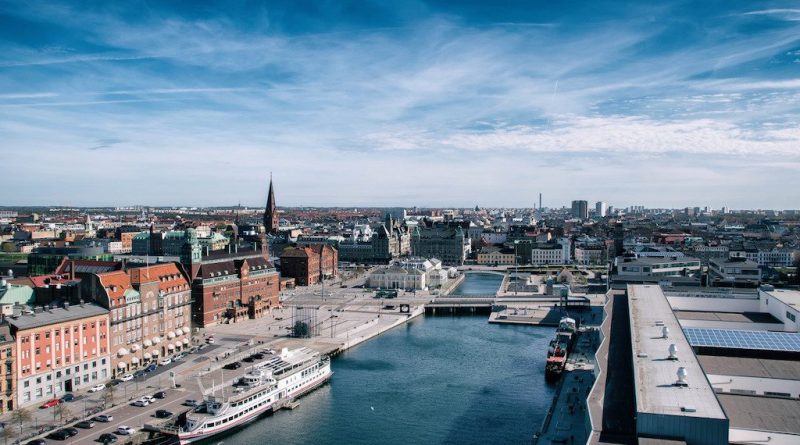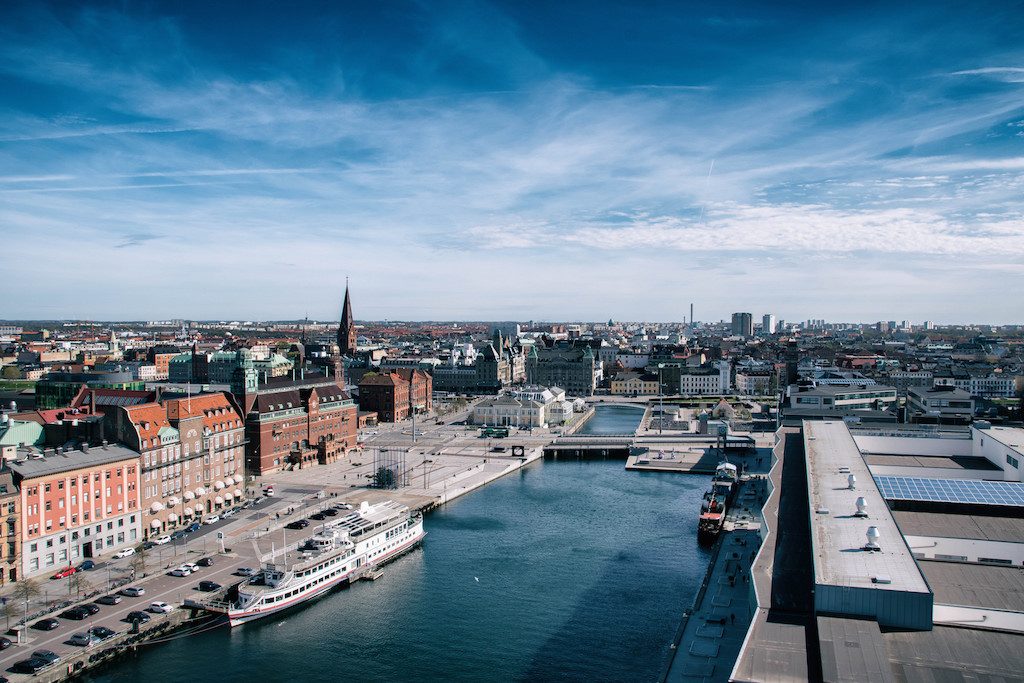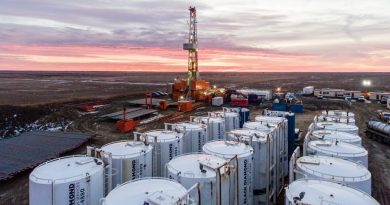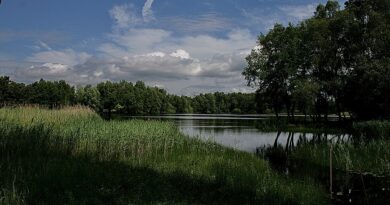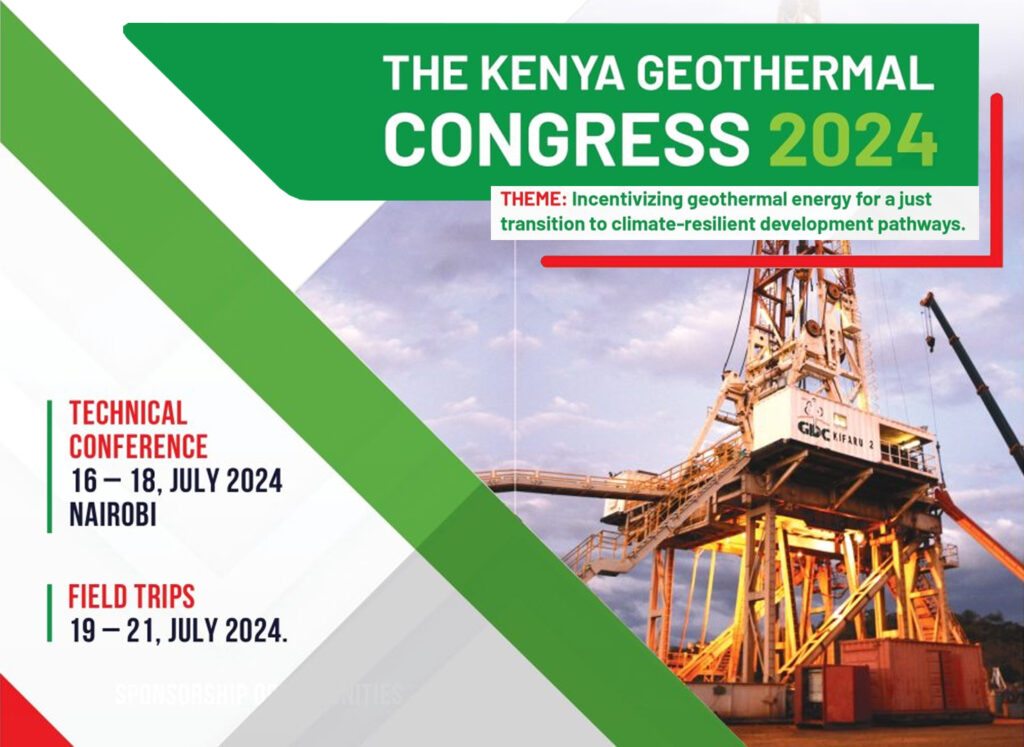Geothermal heat for Malmö/ Sweden from a depth of 7,000m
Energy Disrupter
E.ON is preparing the construction of the first of 5 planned geothermal heating plants in Malmö/ Sweden. They are intended to help achieve the goal of an emission-free city by 2030.
On the way to a metropolis without emissions – so the goal of the city of Malmö in Sweden that should be achieved by 2030 at the latest by tapping the underground. Deep geothermal energy is to be fed into the district heating network. The system that the German energy company E.ON is building will use geothermal energy at a depth of 5 to 7 kilometers. The experts from the Munich-based company expect a temperature of 160 degrees Celsius there. Water is pumped into borehole one, which heats up at depth and then exits through a second borehole. The energy is fed into the district heating network via a heat exchanger. The company is now preparing the construction of the first of a planned 5 plants.
The model is a geothermal system in Finland
E.ON is investing EUR 5.4 million in the south-west Swedish metropolis. The Swedish Ministry of Energy is supporting the construction with 1.2 million euros. The Finnish company ST1, which already has relevant experience, is responsible for the drilling. It had a 6.4-kilometer-deep borehole drilled in Espoo, Finland. Well construction company H. Angers Söhne from Hessisch-Lichtenau achieved the feat. It is the deepest well in the world for the use of geothermal energy.
To be precise, two wells were drilled in Espoo. In one of these, water is injected, which is heated in the depth and then exits the second borehole. The thermal energy is fed into the district heating network via a heat exchanger. With the 40-megawatt system, 10% of the needs of the 280,000-inhabitant city can be met.
Temperature of 160 degrees should be used
It is still open whether the Hessians will also come to Malmö. The challenge there is possibly even greater than in Finland. The plan is to come to a depth of up to 7,000 meters. E.ON hopes that the temperature there will be 160 degrees Celsius. The output should reach 50 megawatts. The group wants to build 4 more geothermal systems with the same output there by 2028. Deep geothermal energy is resource-saving, emission-free and noise-free, and space-saving, making it one of the best solutions for urban energy systems of the future, ”says Marc Hoffmann, CEO of E.ON Sweden.
In Germany it is about much lower depths
“In Germany, too, we can benefit greatly from the findings when it comes to using even higher temperatures at depths of more than 5,000 meters,” said Erwin Knapek, President of the Federal Geothermal Association. In fact, there are some systems that use geothermal energy. Knapek should be particularly satisfied with southern Germany. Stadtwerke München alone operates 5 systems for district heating generation, and a sixth is currently being prepared with test drilling. The drilling depths are, however, much lower than in the projects in Scandinavia.
GEOVOL Unterföhring GmbH also operates a geothermal system just beyond the city limits. Here, hot thermal water is pumped to the surface. After it has given up its thermal energy, it flows back into the underground. The drilling depth here is up to 2,500 meters – a total of 4 wells are in operation. A good 2800 households are supplied with the heat from the underground, plus 45 commercial customers. According to Geovol, the plant had saved 90,000 tons of carbon dioxide by the end of 2019.
Underground heat storage
In Neubrandenburg in Mecklenburg-Western Pomerania, a geothermal system was built in East Germany times to supply households with heat. After extensive renovation, it was in operation until 2001. Then the system was converted into a deep storage facility for thermal energy. Excess waste heat from the local gas and steam turbine power plant, which is normally released into the atmosphere via cooling towers, is stored underground in summer in order to be recovered as heating energy in winter.
Geothermal energy from a depth of 2,450 meters has been used in Neustadt-Glewe since 1995. At times, the heat was also used to generate electricity, which, however, was uneconomical given the low temperatures reached.
Source: Ingenieur.de

